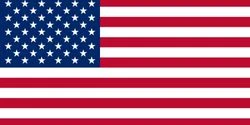The preparation of learning Quran recitation is known as Noorani Qaida. It teaches the Arabic letters, the pronunciation, and the simplest reading rules. For beginners it creates a reliable base for Tajweed and fluent recitation.
This article explains what Noorani Qaida is. It gives a practical learning plan. It answers common questions readers in the US, UK, Australia, and Pakistan actually ask.
What is Noorani Qaida?
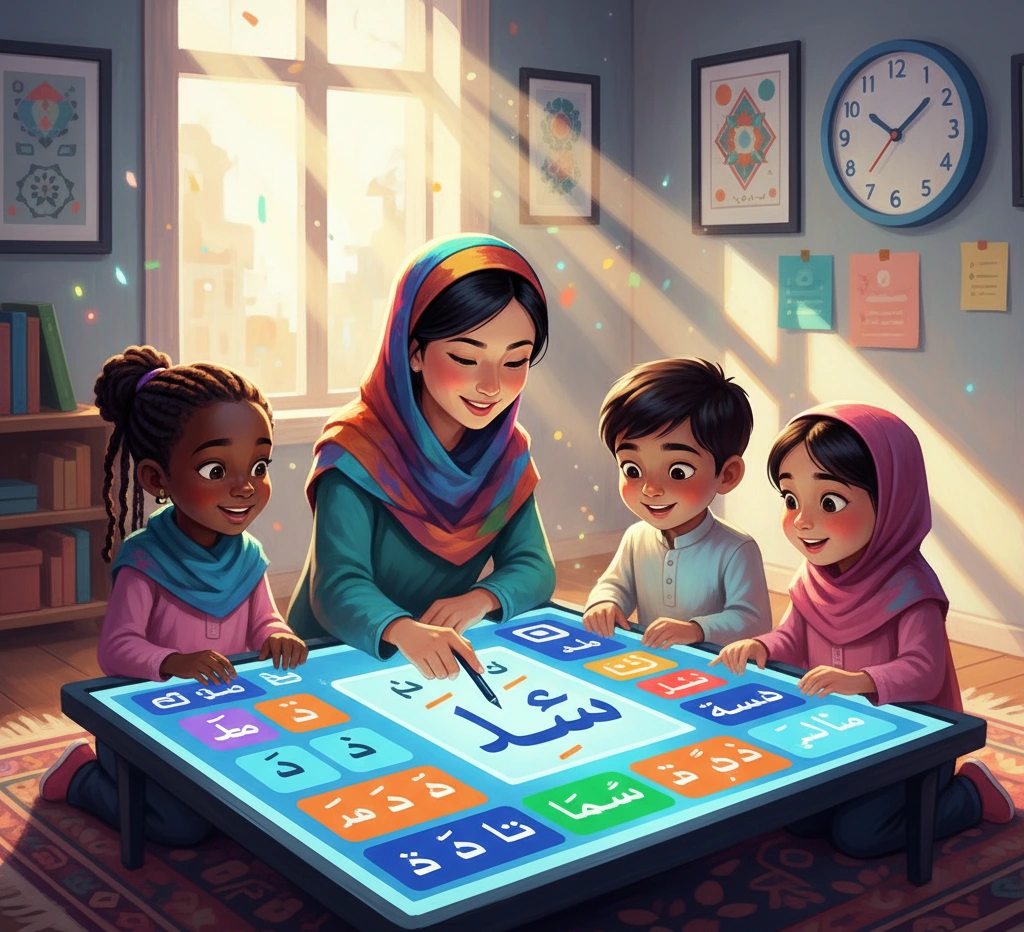
Noorani Qaida meaning
Noorani Qaida is a beginner’s primer for reading the Arabic script used in the Quran.
- It breaks the script into manageable units.
- It pairs letters with short vowels.
- It introduces signs like sukoon and shaddah.
- It presents simple rules before moving to full Quranic text.
It prepares learners to apply Tajweed rules.
Why Noorani Qaida is Important for Learning Quran
Importance of Noorani Qaida for Quran recitation
- It teaches accurate pronunciation. Learning the correct sounds early reduces fossilized mistakes.
- It establishes familiarity with Arabic orthography. That lowers friction when moving to Mushaf text.
- It introduces basic rules used in recitation. Concepts like madd, noon-sakin, and shaddah are first seen in Qaida.
- It builds learner confidence. Short, repeatable drills make progress visible.
- It reduces later correction time when formal Tajweed is taught.
👉 The Noorani Qaida is particularly useful to non-Arab speakers. It distinguishes between phonics and meaning, thus enabling the student to initially concentrate on sound and shape.
Key Components Covered in Noorani Qaida
Noorani Qaida covers these building blocks in a simple order:
- Arabic letters and their isolated sounds
- Short vowels (fatha, kasra, dhamma) and sukoon
- Shaddah (doubling) and elongation (madd)
- Hamzatul wasl and hamzatul qata’
- Basic noon-sakin and tanween rules: idgham, ikhfa, izhar
- Meem-sakin rules: ikhfa shafawi, idgham mimi
- Basic articulation points (makharij) and characteristics (sifaat)
- Simple words and short phrases that replicate Quranic patterns
Each component is introduced with audio and repetition. Repetition plus correction is the learning method.
How Noorani Qaida Prepares You for Tajweed
Noorani Qaida for beginners
The complete set of rules and pronunciation of Quran is called Tajweed. Noorani Qaida provides the foundation and subsequent Tajweed teaching is effective:
- Vocabulary of signs – Students already know sukoon, madd, and shaddah.
- Phonetic awareness – Practice with makharij and basic sifat.
- Pattern recognition – Focus on advanced rules instead of letter-sound basics.
👉 After Noorani Qaida, learners absorb Tajweed corrections faster. Teachers can focus on nuance rather than letter recognition.
Benefits of Learning Noorani Qaida (Practical Outcomes)
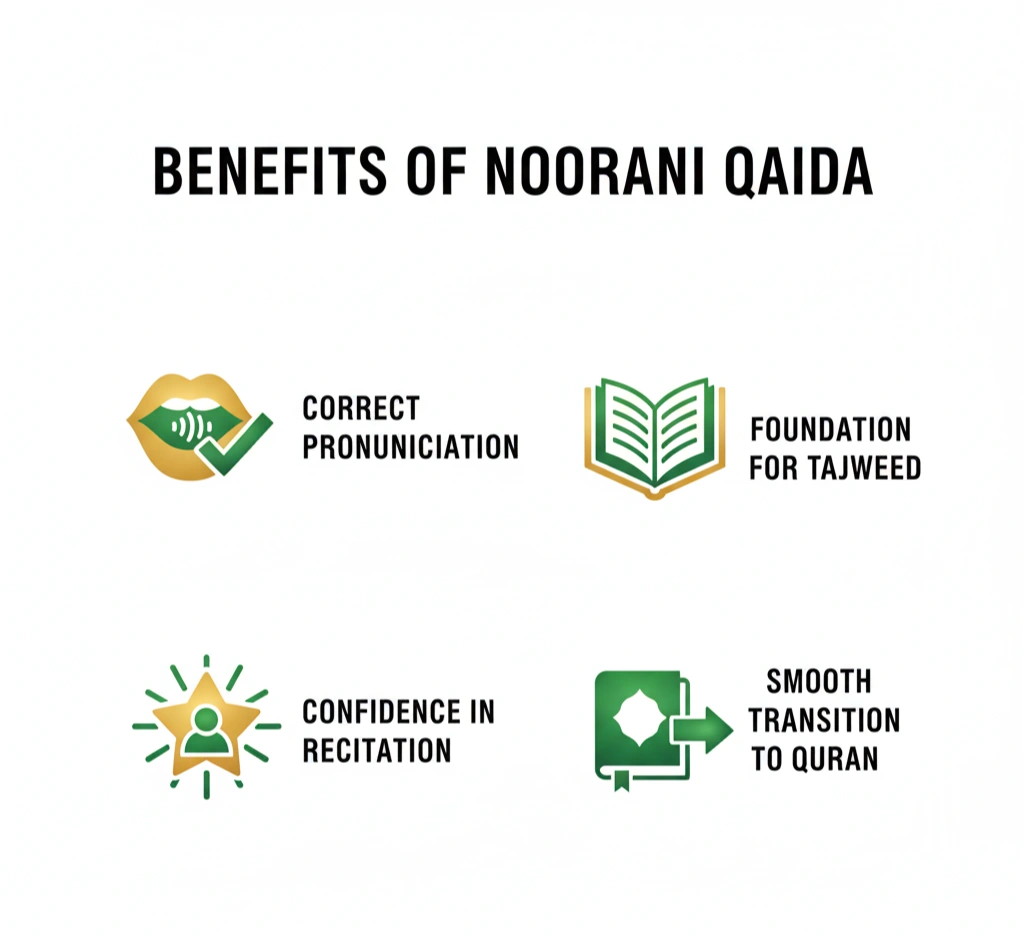
- Faster, more accurate reading
- Reduced pronunciation anxiety for new learners
- Easier transition to full Quranic recitation
- Better retention when moving to Tajweed courses
- Suitable for kids, adults, and non-Arabic speakers
For children → builds habit of short daily practice.
For adults → provides a disciplined approach that fits busy schedules.
Learning Noorani Qaida: A Practical Lesson Plan
This plan is conservative and adaptable. Adjust pace to learner age and prior exposure.
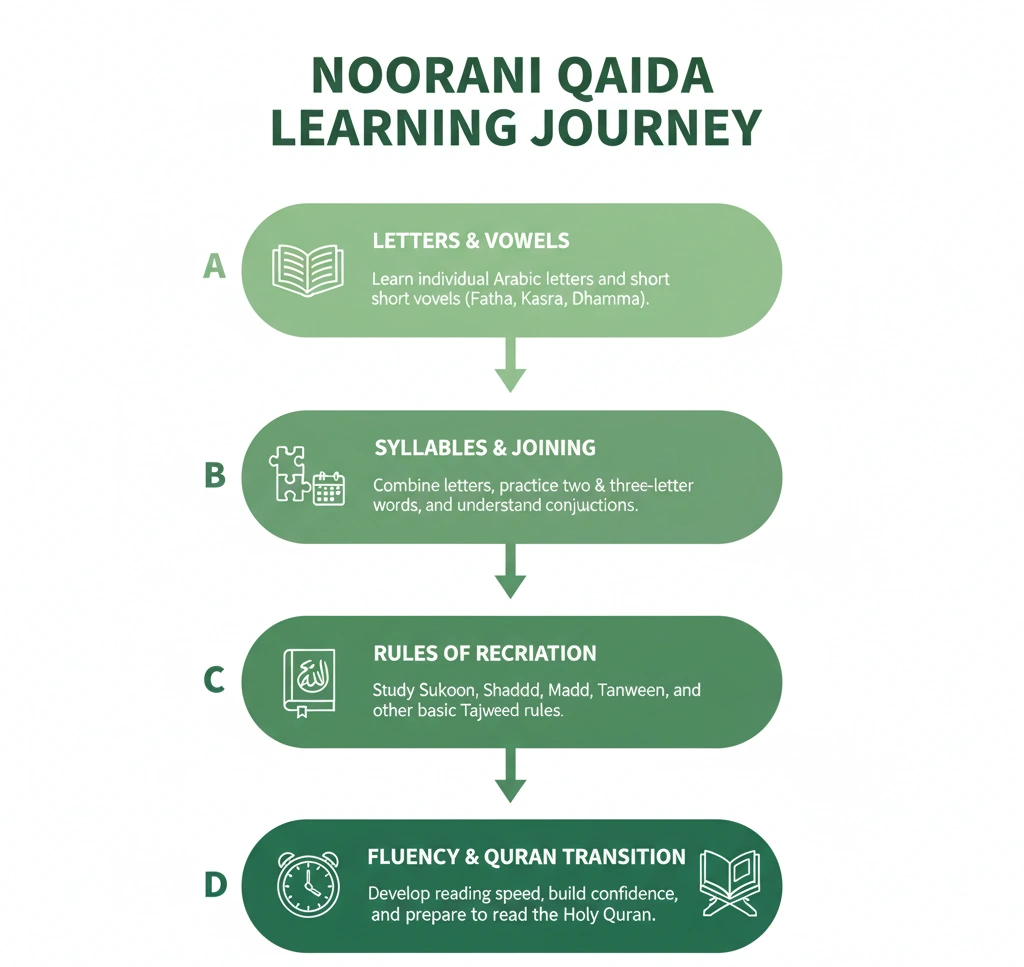
Phase A – Foundations (Weeks 1–3)
- Goals: Master isolated letters and short vowels
- Daily: 15–25 minutes of reading and repeating
- Methods: Teacher modeling, repetition, audio drills
Phase B – Combining Letters (Weeks 4–6)
- Goals: Read simple syllables and short words
- Daily: 20–30 minutes
- Methods: Pair drills, dictation, read-and-repeat
Phase C – Basic Rules (Weeks 7–10)
- Goals: Learn madd, shaddah, sukoon, basic noon/meem rules
- Daily: 20–30 minutes
- Methods: Rule-focused practice, short passages
Phase D – Fluency & Transfer (Weeks 11–14)
- Goals: Read short Quranic verses with teacher correction
- Daily: 25–40 minutes including revision
- Methods: Transition into Mushaf, apply learned rules
👉 Expected timeline: Most learners reach basic reading in 2–3 months with daily practice. Children may need longer; adults often progress faster.
Teaching Kids and Adults: Different Approaches
Noorani Qaida for Kids
- Short sessions
- High repetition
- Visual aids and audio
- Positive reinforcement
- Weekly assessments
Noorani Qaida for Adults
- Logical explanations of rules
- Explicit makharij coaching
- Listening and mimicry
- Self-recording for correction
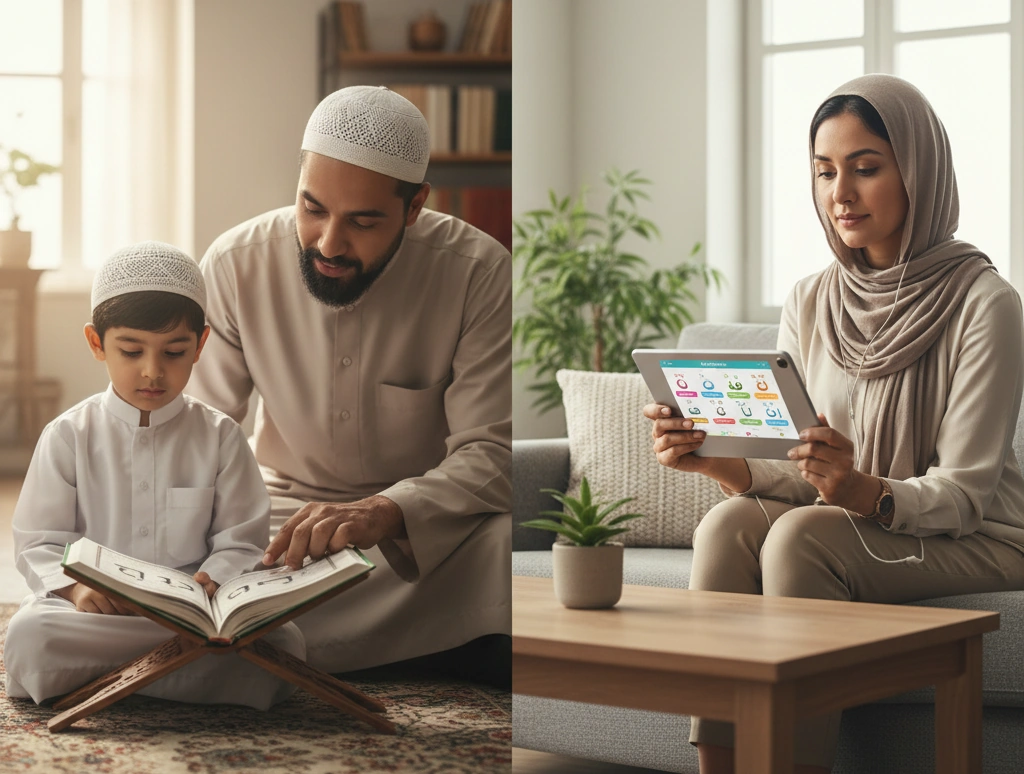
For Non-Arab Speakers
- Emphasize phonics and articulation
- Use transliteration only as a temporary scaffold
- Relate sounds to equivalents in learner’s language (where helpful)
Choosing Noorani Qaida Online Classes and Apps
When selecting a course or app, consider:
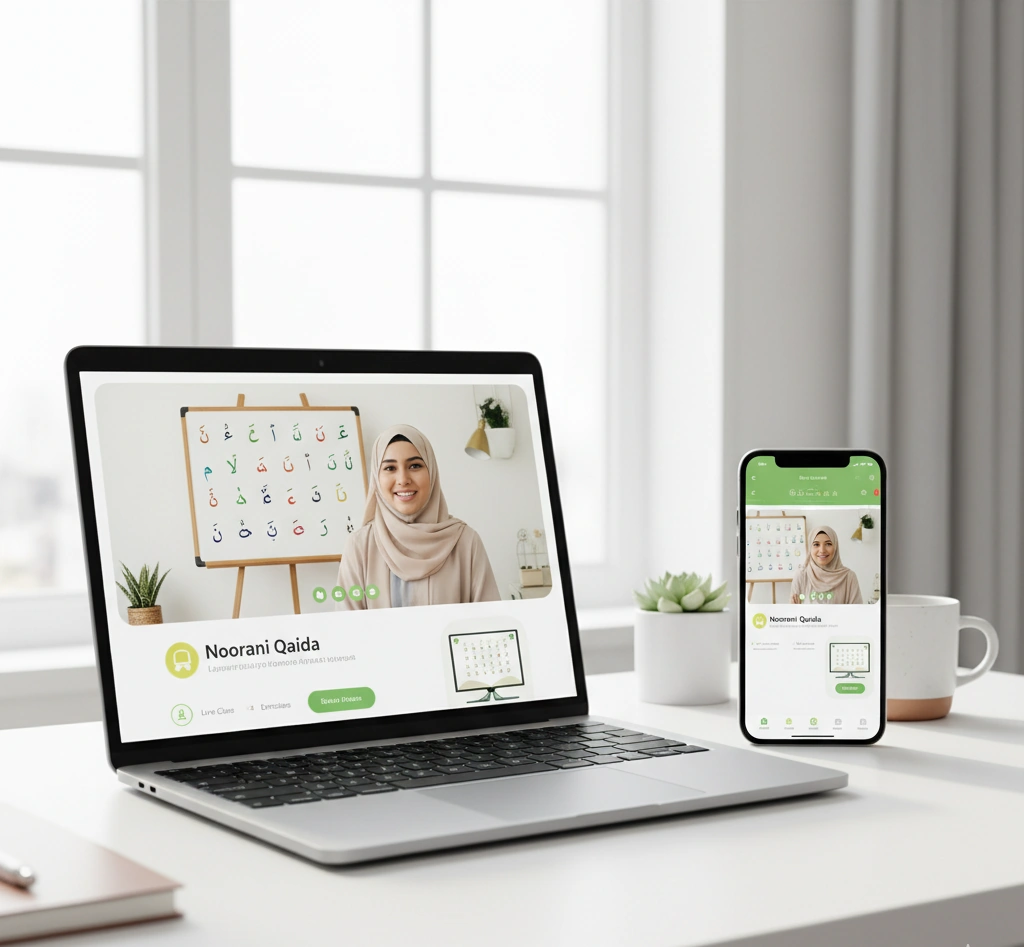
- Qualified teachers (with Tajweed certification)
- Small class sizes or 1-to-1 feedback
- Clear audio quality
- Structured, stepwise curriculum
- Regular assessments
- Trial lessons help them commit.
Common Mistakes to Avoid
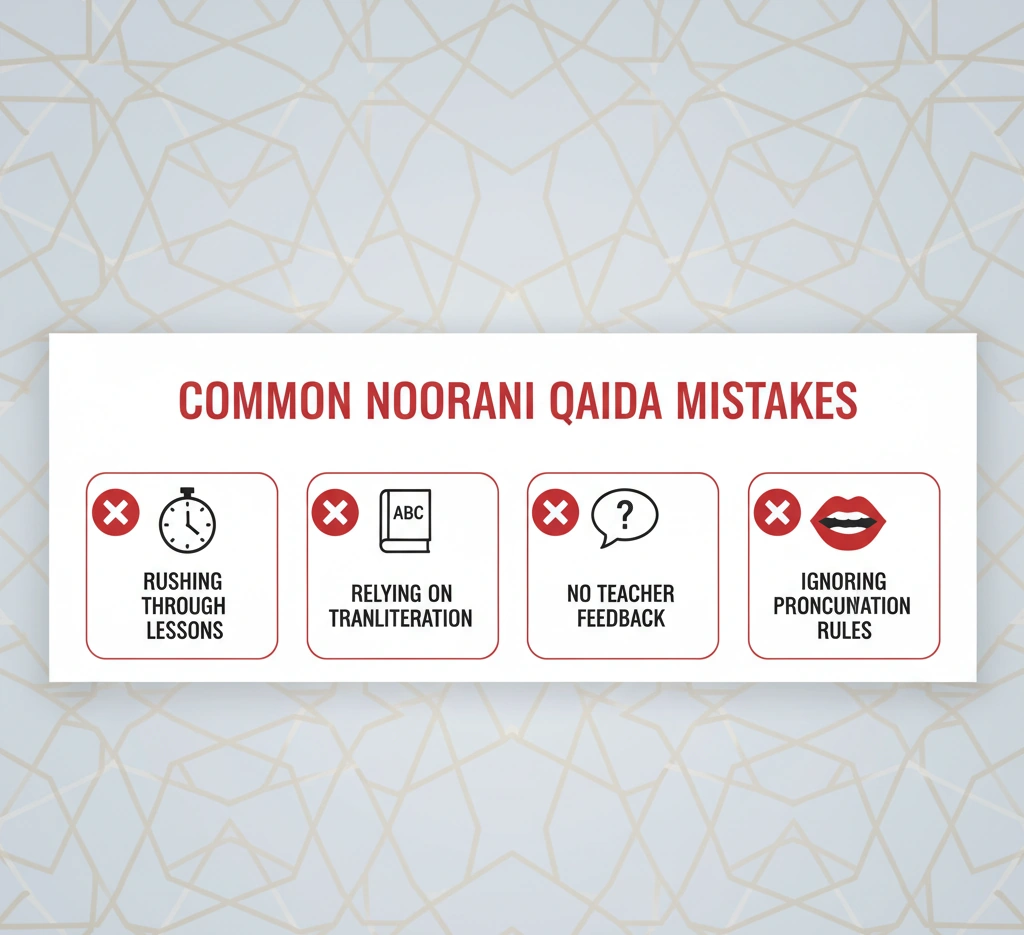
- Rushing to Tafsir/translation before mastering reading
- Over-reliance on transliteration
- Learning without teacher feedback
- Ignoring makharij and relying only on imitation
- Overloading lessons with too many rules
FAQ
An easy book that educates about Arabic letters, vowel signs, and simple principles of reading before commencing the Quran.
Yes. It reduces mistakes and offers a good basis of reading.
Yes. Structured drills and concentrated makharij are beneficial to adults.
Basic reading requires 6–12 weeks of daily practice on average. Advancement is age and exposure based.
Conclusion
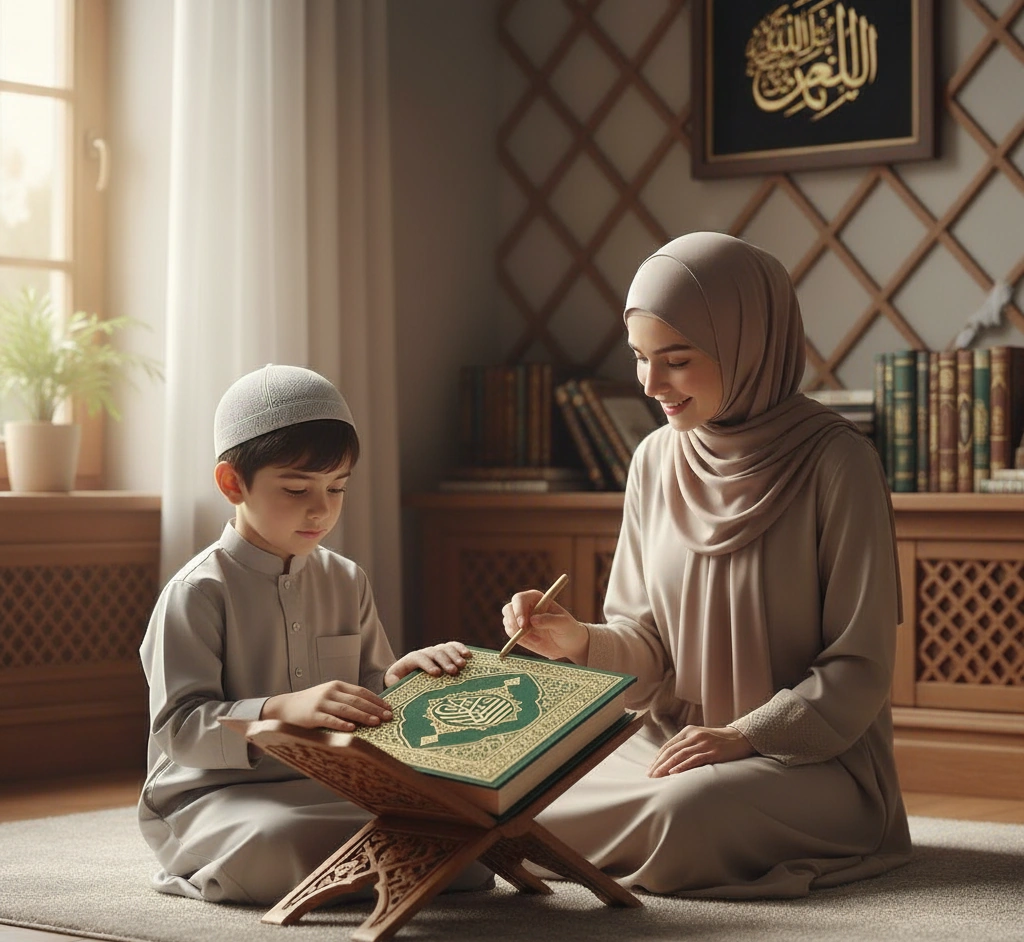
Noorani Qaida is the key to anybody who takes Quran recitation seriously. It educates the sounds, signs, and rules required prior to Tajweed.
It provides a practice-based course that is universal to learners in the US, the UK, Australia, and Pakistan and reduces mistakes while building long-term fluency.
Begin with the daily practice of a small amount of time (short), led by a qualified teacher and accompanied by the audio drills. As soon as basics are secure move into Tajweed.
The result: self-assured, accurate, and fluent recitation of the Quran.

